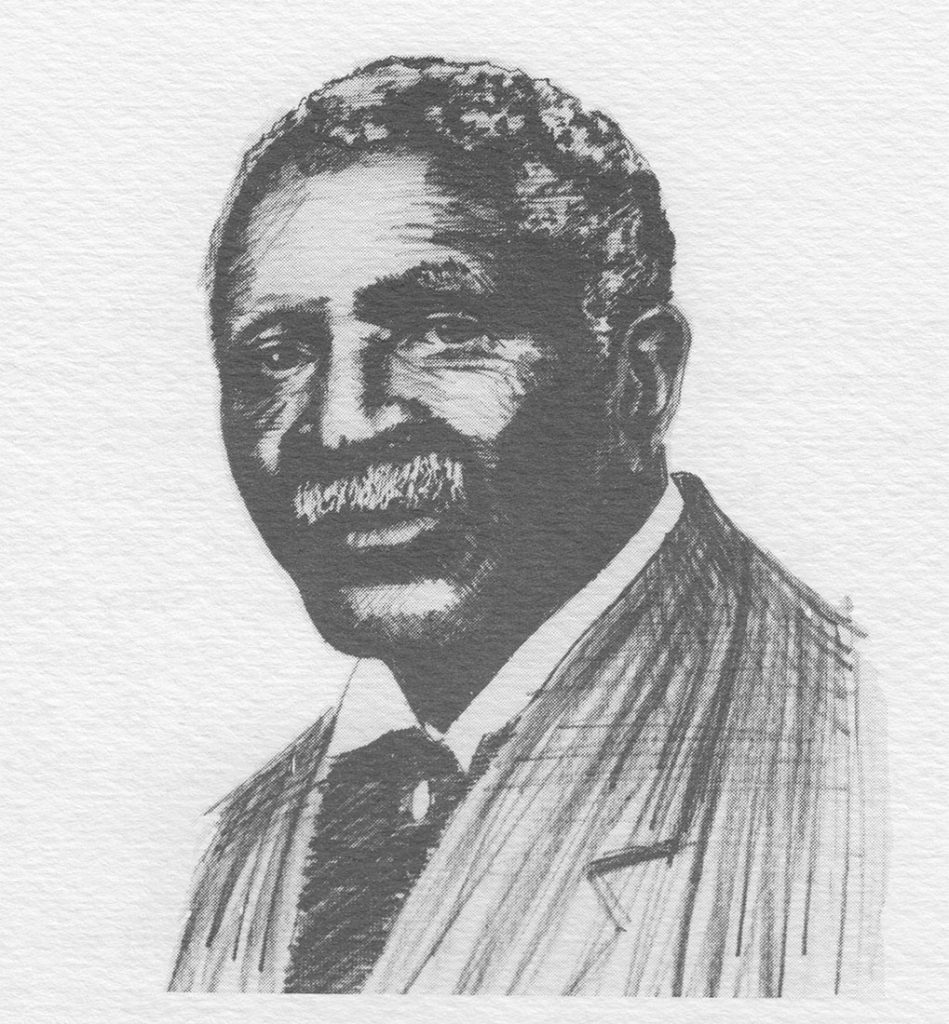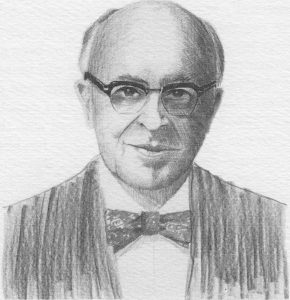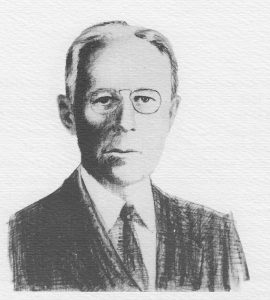George Washington Carver, who entered this world on an unknown date as a son of slaves, left this world a free man, renowned for his dedication to teaching all people how to make the world a better place to live.
George Washington Carver was born a slave on a farm near Diamond Grove, Missouri, in about 1861. As a young child, he experienced the accidental death of his father and, soon thereafter, he and his remaining family were stolen by slave raiders. Only young George was later returned to the owner, Mose Carver, who exchanged a $300 racehorse for the boy.
Because of his small size, young George was assigned to household work. In his spare time, he was able to devote himself to studying trees, plants, flowers, and insects and to learn how to draw and paint them. He also learned how to play the piano in his owner’s parlor. But he could not read or write.
When he was about fourteen, he struck out on his own. He worked at odd jobs and attended grade schools in the vicinity of Neosho, Missouri, and cities in the adjoining state of Kansas. In Olathe, Kansas, he became affiliated with the Presbyterian Church, an affiliation that was to influence his entire life. By going to school and alternately working as a cook or laundryman, he ultimately received his high school education in Minneapolis, Kansas.
Upon graduation, Carver applied for admission to a college in northeast Kansas but was refused because of his race. About three years later, he moved to Iowa. Encouraged by a friendly white family, he applied and was admitted to Simpson College in Indianola, Iowa, where he gave serious thought to a career as an artist. Many of his paintings were exhibited in Iowa and in Chicago during the time. But since he ultimately felt that agriculture promised a greater economic reward for him and his people, in 1891 Carver transferred to Iowa State College of Agriculture where he received a B.S. degree in 1894, and two years later, an M.S. degree.
Upon graduation, Carver became the first black faculty member at his alma mater. In charge of the college greenhouse, he conducted numerous experiments in cross-fertilization and the propagation of plants. He also specialized in the study of plant fungi; but as Carver was later to remark, although he won much recognition for his studies with fungi, the field seemed “to be of no importance or direct benefit to my people.”
During these years of experimentation with plants, he began to believe more firmly that he could teach people, particularly his people, how to live from the abundance of the earth. With these thoughts in mind, he began to look for a place where he could put his knowledge to work for his people’s benefit.
While waiting for a reply from Alcorn College in Mississippi, Carver received a letter from Dr. Booker T. Washington asking that Carver join him at Tuskegee Institute. Carver modestly answered that he was interested in any offer, since “it has always been the one ideal of my life to be of the greatest good to the greatest number of my people.”
Carver accepted Dr. Washington’s offer of $1,000 a year and on Thursday morning, October 8, 1896, arrived at Chehaw Station to become the Director of Agriculture for Tuskegee Institute. This day marked the beginning of the legend of Dr. George Washington Carver of Tuskegee. Small in stature, eccentric in habits and tastes, high-pitched in voice, Dr. Carver acquired an image of unorthodoxy. But these traits, combined with a deep reliance on religion, a commitment to the promotion of human welfare, and an utter lack of interest in monetary rewards gave flesh to the legend. During these years he developed the concept of extended education for black farmers to teach them better agricultural methods and the values of a balanced diet. He held numerous conferences and institutes at Tuskegee and also inaugurated farm demonstration work to help train black agricultural extension agents. With the help of New York philanthropist Morris Jessup, he developed a wagon equipped to carry educational programs to the disadvantaged rural blacks of the area, and innovation that he considered as one of his most important contributions to agricultural education.
Because of the dependence of the South on a one-crop system based on cotton (which inevitably produced soil exhaustion and was increasingly becoming prey to the boll weevil) Carver began to conduct experiments in crop diversification and eradication of diseases of other Southern crops. His experiments led to the development of peanuts and sweet potatoes as commercial crops.
By 1915, he had discovered that innumerable products could be produced from peanuts. Reportedly, a lunch he once whipped up for some Alabama businessmen consisted of nine courses created from peanuts. Eventually, Carver’s experiments revealed more than 300 items that could be made from peanuts, including synthetic rubber.
In addition, he produced more than 120 products from sweet potatoes and more than 70 products from pecans and other Southern crops, such as soybeans, cotton, wild plums, and cowpeas.
Although many of the products produced by Carver offered immediate commercial possibilities, he refused to allow any of these discoveries to be patented, since he wished for them to be available for the widest possible use. Although Carver performed most of his work outside of the mainstream of American scientific research, his discoveries nevertheless brought to him multifaceted honors. He was early elected as a Fellow of the Royal Society of Arts in London and was awarded the Spingarn Medal by the National Association for the Advancement of Colored People. Simpson College, in 1921, and the University of Rochester, in 1941, conferred upon him honorary degrees. He received awards from the Theodore Roosevelt Memorial Association and from the International Federation of Architects, Engineers, Chemists, and Technicians.
The honors and fame which George Washington Carver received brought attention to him from many of the captains of industry, such as Thomas A. Edison and Henry Ford. He had many lucrative offers from such men, but to have accepted these offers would have forced him to leave Tuskegee and to give up the principal purpose of his life service to his fellow men. This philosophy of Carver helps to explain his indifference to monetary rewards. He was unaccustomed to wealth and often refused increases in salary at Tuskegee. Frequently, the treasurer of the Institute had to beg him to cash his paychecks so that the books could be balanced.
Early in 1943, George Washington Carver died. He was buried at his beloved Tuskegee alongside Booker T. Washington. He left his entire estate of about $60,000 to perpetuate the work that he had started. The George Washington Carver Foundation was established to provide an opportunity for black youths to do advanced study in botany, chemistry, and agronomy.
Over the years since his death, George Washington Carver has been honored by: The issuance of a U.S. commemorative stamp and a U.S. fifty-cent coin; the establishment of a National Monument on the site of his birth; having a Polaris submarine named for him, and induction into the Hall of Fame of Great Americans.
George Washington Carver, who entered this world on an unknown date as a son of slaves, left this world a free man, renowned for his dedication to teaching all people how to make the world a better place to live.





